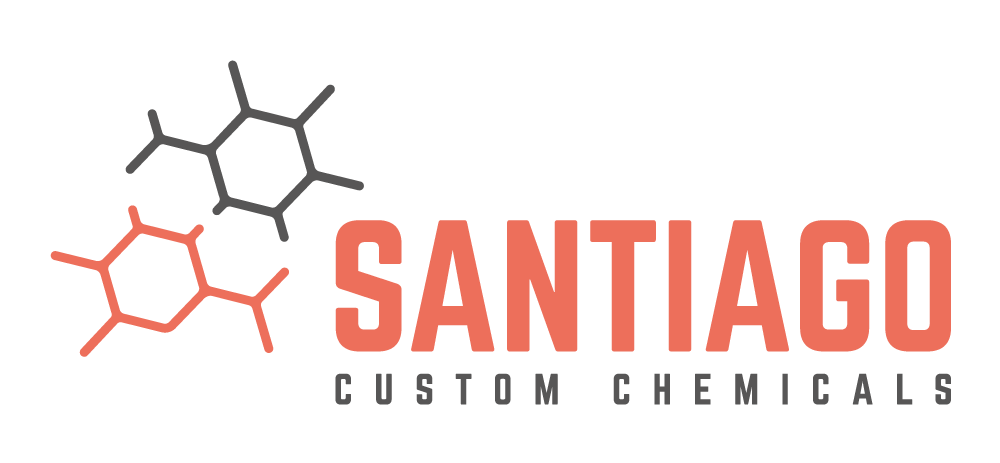- No products in the cart.
Antibacterial triphosphates: different use of nucleoside analogues1
In the last years, and especially during the SARS-Co-2 pandemic, giant efforts were devoted to designing, synthesising and studying antiviral agents. On the other hand, too little consideration was given to developing antibiotic drugs (probably due to lower and slower funding involved). However, the increased resistance of an increasing number of bacteria and the severity of viral-associated bacterial infections give outstanding importance to the constant development of new antimicrobial drugs.
The easiest and quickest way to find new agents for bacterial infection treatment may consist of screening molecules that have already been approved as drugs and, consequently, which cytotoxicity and pharmacokinetics are already well-known.2

Nucleoside analogues have been widely studied as antiviral or anticancer agents, and nowadays, several commonly used drugs for the treatment of viral infection or cancer are in this class of compounds. A few works in the literature reported that some nucleoside analogues commonly used in cancer therapy or in the treatment of viral infection also showed good or strong antibacterial activity.
For example, Zidovudine was developed and is now clinically used as therapy for HIV. Chemically, it is a thymidine nucleoside in which an azido group substitutes the 3’-hydroxyl group. Once in cells, it gets triphosphorylated by kinases to Zidovudine-5’-triphosphate (its active form) and gets incorporated into DNA, provoking chain termination. This mechanism was shown to occur also in bacteria, where the thymidine kinase produced the active triphosphate, which was incorporated into bacterial DNA causing chain termination and, thus, inhibiting the replication.
Zidovudine was proven to be strongly active against gram-negative bacteria, including Salmonella. As Salmonella bacteremia recurrence is a significant problem for HIV/AIDS patients, Zidovudine had the additional protective effect in keeping the bacterial infection under control while used to treat the HIV viral infection.
Gemcitabine, a cytidine analogue in which the 2’-carbon is substituted with two fluorine atoms, is generally used exclusively as an anticancer drug. It was also shown to be intracellularly phosphorylated to Gemcitabine-5’-triphosphate, which was incorporated into the grown DNA of many Gram-positive genera of bacteria (including Listeria, Bacillus, Enterococcus and Staphylococcus), causing DNA termination and suppression of replication.
Similarly, metabolites of a few examples of base-fluorinated pyrimidine nucleosides, used as antiviral or anticancer agents or antifungals, were found to be incorporated into bacterial DNA or RNA. Specifically, Fluorouridine-5’-triphosphate, Floxuridine-5’-triphospahte and Trifluridine-5’-triphosphate showed strong in vitro activity against bacteria from several genera, including Streptococcus and Bacillus, or against important pathogens such as Mycobacterium tuberculosis, Mycoplasma pneumoniae and Streptococcus pyogenes.

Purine nucleoside analogues have been investigated to a lower extent as antibacterial agents – among them, analogues with potential application as antimicrobial are thio-derivatives, used in therapy as anticancer agents, mainly for the treatment of leukaemia and inflammatory bowel disease. Thiopurines were shown to inhibit the growth of many bacteria. The metabolites 6-thioadenosine-2’-deoxy-5’-triphospahte (thio-dATP) and (especially) 6-thioguanosine-2’-deoxy-5’-triphosphate (thio-dGTP) are incorporated into bacterial DNA provoking a structural change that leads to DNA breakage, resulting into inhibition of DNA replication.
However, to the best of our knowledge, a comprehensive study in this sense was never performed, and the antimicrobial activity of several interesting nucleoside analogues used as antiviral drugs was never deeply studied. For example, Molnupiravir-5’-triphosphate, Remdesivir-5’-triphosphate, Bemnifosbuvir-5’-triphosphate and Islatravir-5’-triphosphate are known to be incorporated into DNA/RNA causing inhibition of viral replication by different mechanisms of action.

Would these triphosphates efficiently also incorporate into bacterial nucleic acids, and efficiently inhibit bacterial replication and growth?
Santiago lab and triphosphates
At Santiago lab, we are intensively working on the synthesis of novel nucleoside triphosphates with potential antiviral activity. During the COVID-19 pandemic, we successfully developed our innovative synthetic pathway for the drug Remdesivir and its phosphate derivatives (mono-, di- and triphosphate).
Lately, we have also successfully prepared triphosphates of other pharmaceutically important nucleosides (eg. Islatravir or Lamivudine, you can read more here) that have already been enlisted in our catalogue.
We have gained many experiences in this field, and therefore, we are happy to offer our knowledge and skills to other researchers. If you are interested in our services (custom synthesis, contract research, custom synthesis of nucleoside triphosphates), do not hesitate to contact us by email to Krystof Sigut at krystof.sigut@santiago-lab.com or reach him on the phone +420 776 750 591.
Drop us a line
We will respond as soon as possible, typically within 48 hours.
References
[1] – This article was extracted from a review by J.M. Thomson and I. L. Lamont in frontiers in Microbiology (2022, vol. 10, article 952). Further interesting readings on the topic are: Antibiotic resistance breakers: can repurposed drugs fill the antibiotic discovery void? (D. Brown, Nat. Rev. Drug Discov. 2015, 14, 821–832); Antifungal agents: mode of action, mechanisms of resistance, and correlation of these mechanisms with bacterial resistance (M. A. Ghannoum, L. B. Rice, Clin. Microbiol. Rev. 1999, 12, 501–517).
[2] – An interesting reading on this approach is: Drug repurposing as an alternative for the treatment of recalcitrant bacterial infections (A. Rangel-Vega et. al., Front. Microbiol. 2015, 6:282).

